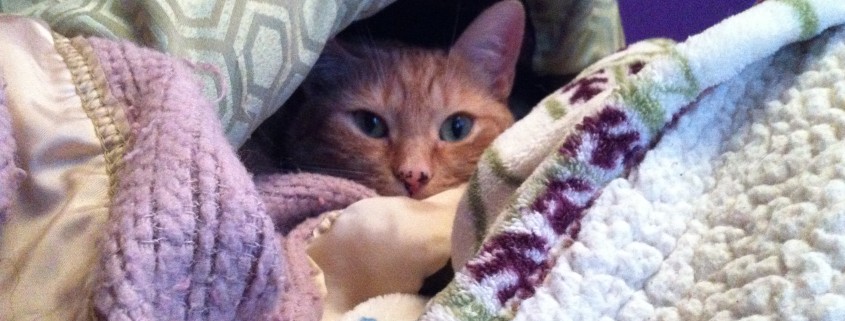Calicivirus in Cats
Feline calicivirus is a common cause of upper respiratory infection and oral disease in cats. The virus is spread by cat to cat contact and cats can get it from contamination in their environment. Like many respiratory infections, calicivirus causes congestion, coughing, sneezing, runny eyes and a runny nose. The classic sign of calicivirus that makes it identifiable from other viruses is that infected cats often develop oral ulcers. The ulcers cause the cat to drool and are painful so they discourage the cat from eating. Severe cases show symptoms of lethargy, fever, enlarged lympth nodes or joint pain. Symptoms and severity of the virus can vary depending on which strain your cat contracts. There are some particularly virulent strains that can be fatal, but most cats infected with calicivirus fully recover.
There is no cure for calicivirus, but if your cat becomes infected you should bring them to the veterinarian because the vet can treat their symptoms so the cat feels more comfortable. Dehydrated cats may need fluids. You can offer your cat some of their favorite foods or your vet could provide some high calorie wet food to encourage your cat to eat since they do not have much of an appetite. Vaccinations for calicivirus are part of the regular “core” vaccines recommended for all cats.
Studies
Inactivation of caliciviruses.
Large-scale spatial and temporal genetic diversity of feline calicivirus.


